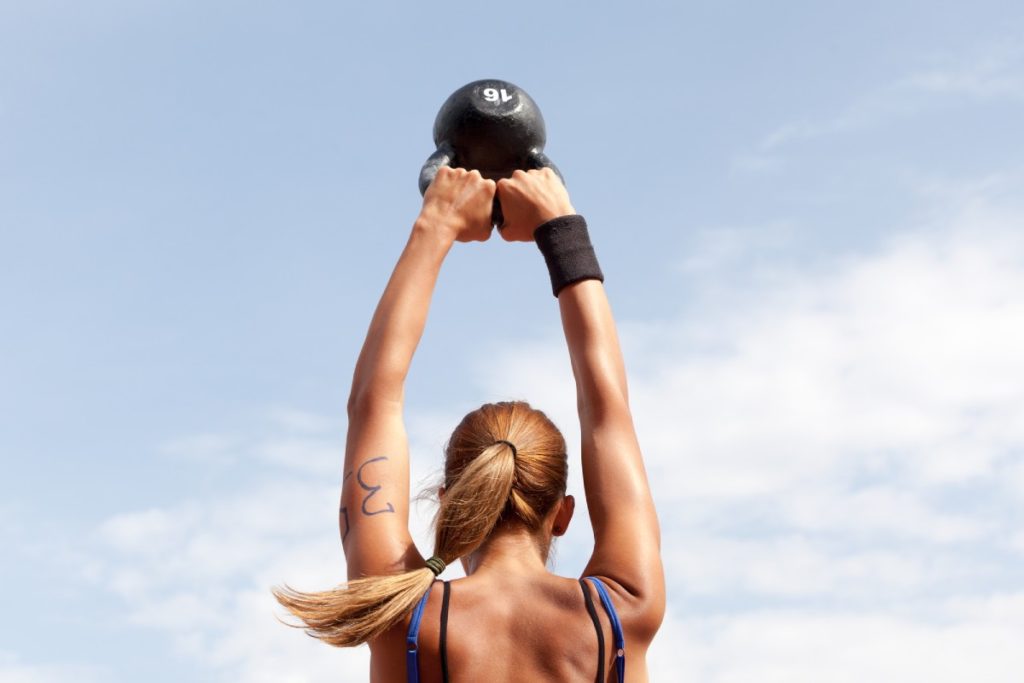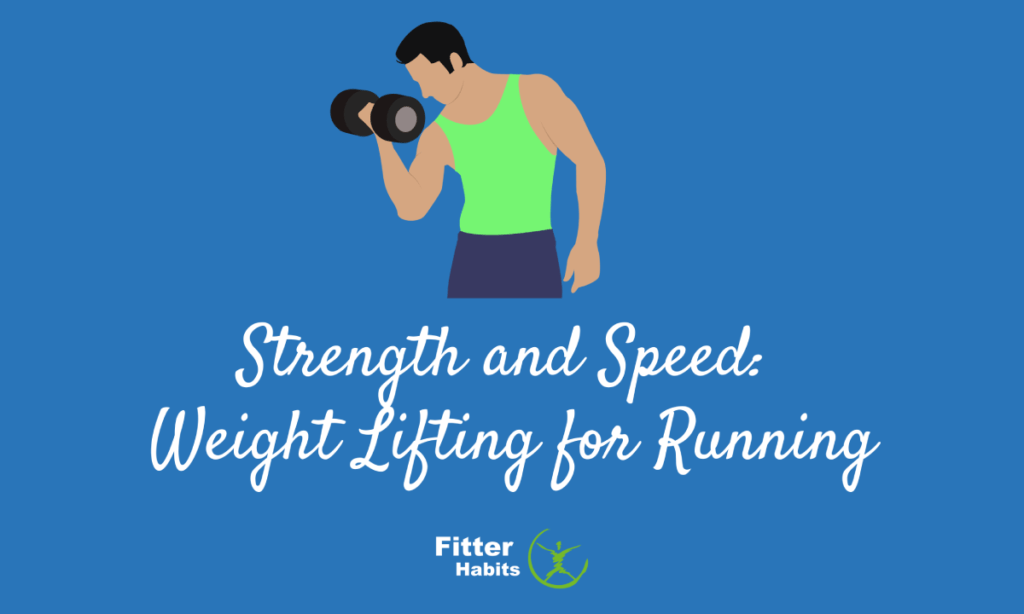Weight lifting for running may seem counterintuitive — but it works. Start a routine that will improve your strength, speed, and reduce your risk of injury.
When I began to dig into distance running, I wanted to get faster. I thought that running further, more often, was the way to go. After all, if you want to get good at something, you should do it more often, right?
Eh… not always.
I learned that cross-training is a vital part of the running process. Running is natural, sure, but spending much of the day sitting behind a computer, overcompensating certain motions to deal with past injuries, and un-learning bad habits picked up in previous sports can all create an unnatural gait and stride. Strength training doesn’t just make runners stronger — it can also help to correct past injuries, improve speed, improve endurance, and change up the way a runner views a tough workout.
Ready to get started? Let’s go.
Contents
Why Lifting Makes Sense for Runners
Adding muscle mass to your body makes you heavier, which can slow you down. When you’re a runner who wants to get stronger and faster, the goal isn’t to become a massive bodybuilder.
According to USATF-certified running coach Jason Fitzgerald, strength training helps runners in three ways:
- Encourages stride efficiency and coordination
- Strengthens both muscle and connective tissue, making injuries less likely
- Improves neuromuscular coordination and power
It’s clear: lifting makes sense for runners. Still, if you’ve spent most of your workouts on the treadmill or the track, it can be intimidating to enter the weight room. Here, we’ll take a look at how you can create a plan to help you meet your running goals as efficiently and effectively as possible.
You may also like our guide on how do runners strength train.
A Solid Running/Lifting Routine

These strength routines will help you get faster and stronger – all without requiring you to spend hours in the weight room. Get these workouts into your week on the days that you’re not running or resting. If you need to lift on a run day, complete your lifting workout first to lessen the likelihood of injury.
Each of the following routines starts with a total body strength move. You’ll want to choose a light to medium weight for your total body sets, as the goal is to get warm and loose – not make killer strength gains. If you’re sore from a recent run (or from a recent training session), it’s fine to modify or slow down this move as you see fit. You’ll complete three sets of 10 reps of the total body section of your workout before you move onto your target area.
After your total body move, you’ll move onto strength moves that target a specific area. Be warned, however: one area is targeted, but the whole body will work during each workout. You’ll go through each move in your focus area, and you’ll repeat the entire focus area portion of the workout three times. By the end of the target section of your workout, you’ll go through three sets of each exercise, 12 reps per set.
Remember, you’re doing one set of an exercise, then moving onto the next one on the list — not doing three sets of one exercise in a row. If it’s your first time doing the workout, and you’re slowing down to get into the swing of things, you’re feeling especially sore, or you’re going up in weights for the first time in a while, it’s ok to go through the series twice instead of three times.
Lastly, you’ll end with a core/stabilization move that will work to strengthen the entire kinetic chain. It can be tempting to skip the core move at the end, but stick it out – you’ll be glad you did when you begin to feel how a strong core benefits your running. You’ll complete three sets of 10 reps, and voilà — your workout is complete.
You might also be interested in our yoga vs. bodybuilding explainer.
Weight Training Day 1
Total body: Squat to overhead press, light to medium weight.
Back/ biceps/ shoulders focus:
- Hammer curl
- Bent over row
- Alternating front/side raise
- Reverse fly
- Alternating bicep curls (don’t be afraid to go heavy — you’re only working one arm at a time and can handle more weight than you would on a standard bicep curl)
Core/stabilization: Plank with leg lift (skip leg lift to modify)
Weight Training Day 2
Total body: Kettlebell swings
Chest/ triceps focus:
- Bent over row with triceps extension
- Chest fly
- Tricep push-ups
- Lying dumbbell pullover
- Lying triceps extensions (also known as skull crushers)
Core/stabilization: Stability ball knee tuck (Get into a high pushup position with feet balanced on a stability ball, pull knees into chest while keeping back flat)
Weight Training Day 3
Total body: Weighted burpee with row (skip the jump at the top — not a great idea when you’re holding weights)
Glues and legs focus:
- Reverse lunge
- Forward lunge pulse
- Single leg deadlift (struggling with balance? Go weightless for the first round as you get used to the motion)
- Goblet squat
- Sumo squat (if your hamstrings are spent, lighten up your weight and stay hyper-focused on your form)
Core/stabilization: Weighted crunch
Keep the End Goal in Mind
As a runner, you likely want to get faster, stronger, prevent injuries, and get a psychological benefit from your strength training workouts.
Most runners aren’t looking for a routine that will help them gain weight/bulk up. To gain weight/muscle mass, you need to eat in a caloric surplus. Many serious runners find this tough with just their standard running routine, and even more difficult when weight training is added to the mix.
Keeping a general eye on your caloric intake is smart, but if you’re logging serious mileage, it’s unlikely that any mass gains will affect your weight or your speed.
The Final Word on Weight Lifting for Running
When you decide that it’s time to put in some time in the weight room to meet your running goals, you’re doing the right thing – but you need to be smart about it. Keep an eye on your mileage so you don’t overtrain, properly fuel before and after your workouts, and keep an eye on changes in your running times so you can be sure that the extra work you’re putting in is getting the job done.



